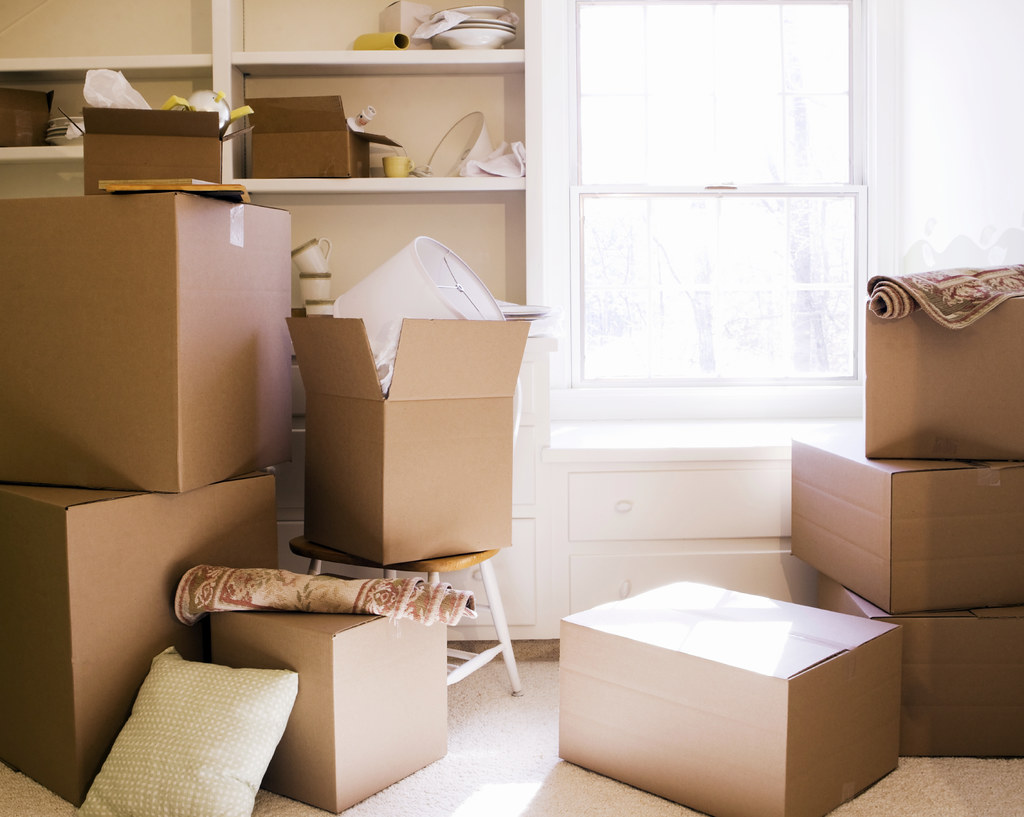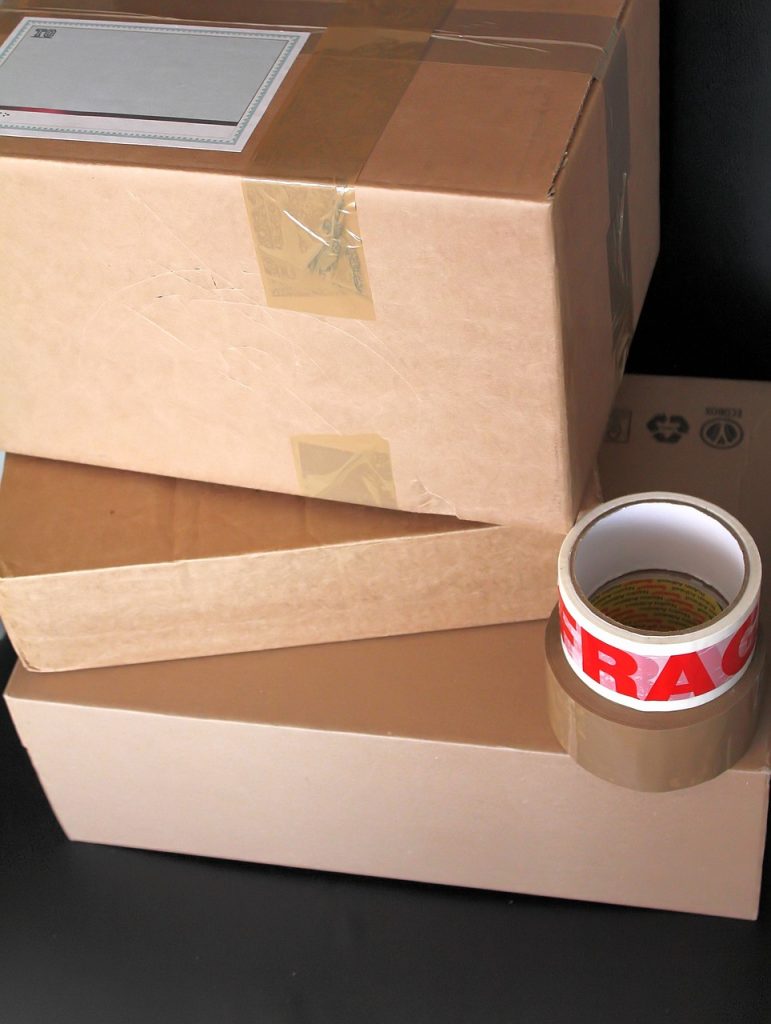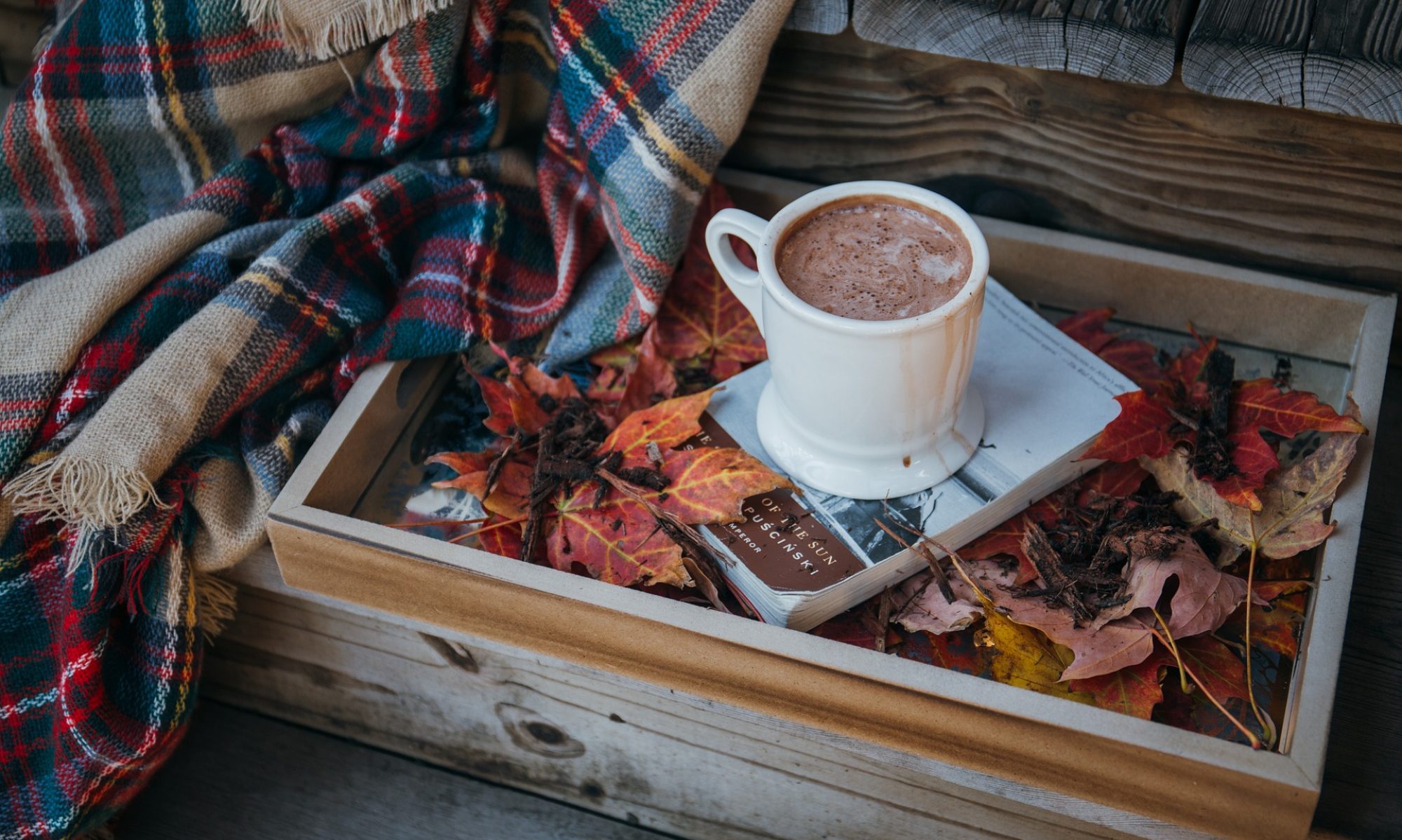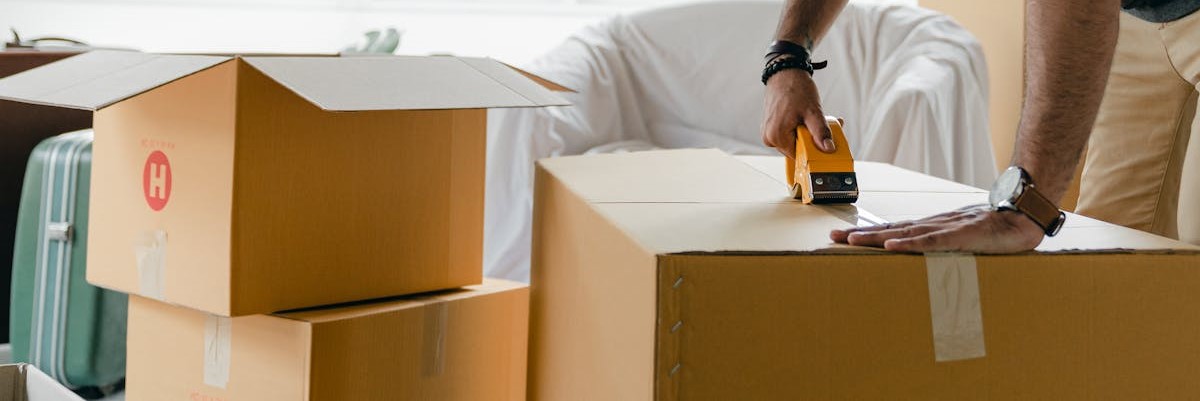Table of Contents
Whether you’re downsizing, decluttering, or in need of extra space, a self-storage unit can be a lifesaver.
However, it’s essential to pack and store your belongings properly to prevent damage and make sure everything is easy to retrieve when you need it – as well as maximising the space so you’re not paying more in rent than you need to.
Here’s a comprehensive guide that’ll walk you through the best practices for packing and storing various types of items. It’ll help you keep everything in good condition while you’re holding it in storage.
Choosing the Right Storage Supplies
Before you start packing, invest in high-quality packing supplies to protect your items. Essentials include:
- Sturdy boxes: New, sturdy cardboard boxes in uniform sizes stack well, but a range of sizes can help when items in store also vary in size and quantity, giving the best of all worlds.
- Bubble wrap and packing paper: These protect fragile items, filling any gaps in boxes to prevent shifting.
- Furniture covers: Use specialised covers to protect furniture from dust and scratches.
- Packing tape: Choose heavy-duty tape to secure boxes properly.
- Permanent markers: These are crucial for labelling.
- Pallets: Raise your boxes off the ground to prevent moisture damage, especially if the unit is outdoors.

How to Pack and Store Different Types of Items
Different items require different packing techniques to ensure they remain in good condition. Here’s a breakdown:
Furniture
- Disassemble when possible: Break down large furniture like beds, tables, and wardrobes to maximise space and reduce the risk of damage. Keep screws, bolts, and other small parts in labelled bags and tape them to the respective furniture piece.
- Protect delicate surfaces: Wrap furniture with soft materials, such as blankets or furniture pads, to prevent scratches. It might be best to avoid using plastic sheeting unless you’re confident there’s no risk of moisture getting in.
- Use vertical space: Store furniture upright to make the most of your unit’s vertical space. For example, stand mattresses on their side to save room.
Electronics
- Remove batteries: Take batteries out of any electronic device to prevent corrosion over time.
- Original packaging: If you have the original boxes for your electronics, these are often the best choice for storage. Otherwise, wrap devices in anti-static foam and store them in sturdy boxes.
- Label cables: Detach cables from devices and label them to avoid confusion later. Store cables in zip-lock bags to keep them organised.
Documents, Books, and Photos
- Use archival-quality boxes: Store important documents, books, and photographs in acid-free, archival-quality boxes to prevent degradation.
- Store vertically: Keep documents and books upright in boxes to avoid warping. Avoid over-packing, as it can damage the spines of books.
- Photos: Store photographs in plastic sleeves or photo albums to protect them from dust and damage.
- Humidity control: Consider using silica gel packs in document and photo storage boxes to absorb moisture and prevent mould or mildew.
Fragile Items (Glassware, Ceramics, etc.)
- Individually wrap items: Use bubble wrap or packing paper to wrap each fragile item separately. Pay extra attention to corners and edges.
- Layer with care: When packing fragile items in boxes, create a cushioning layer at the bottom with packing peanuts or crumpled paper. Place heavier items at the bottom and lighter items on top.
- Mark as ‘Fragile’: Label boxes with delicate items as ‘Fragile’ and avoid stacking them under heavier boxes.
Label and Organise Your Boxes
Proper labelling is key to making your storage experience smoother. Here are some tips:

- Detailed labels: Don’t just label boxes generically (e.g., ‘Kitchen’). Instead, write specific details like ‘Kitchen – Pots and Pans’.
- Use a numbering system: Number your boxes and create a corresponding list in a notebook or on your phone. This way, you’ll know exactly where each item is without opening every box.
- Labels on multiple sides: Label at least two sides of each box so you can quickly identify what’s inside, even if they’re stacked.
- Keep an inventory: An inventory list is especially helpful if you plan to keep items in storage for a long period. You’ll be able to track what’s in storage and prevent things getting mislaid.
Maximising Space in Your Storage Unit
Efficiently packing your unit can help you save space and prevent damage:
- Heavier items at the bottom: Stack boxes with heavier items at the bottom and lighter, more delicate ones on top.
- Leave an aisle: Create a central path or aisle so you can easily access items at the back without moving everything around.
- Use vertical space: Shelving units can help utilise the vertical space in your unit, keeping things organised and off the floor.
- Stack strategically: Stack boxes of similar size and weight together, and ensure that stacks are stable to avoid accidents.
Packing and storing your belongings in a local self storage unit can be stress-free if you follow these simple guidelines. By investing in the right materials, packing each item according to its needs, and staying organised with a clear labelling system, you can ensure your belongings stay safe and accessible. Whether you’re storing for a few months or several years, proper preparation will give you peace of mind and help you avoid unnecessary upset or frustration later on.

